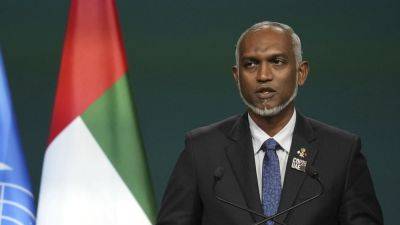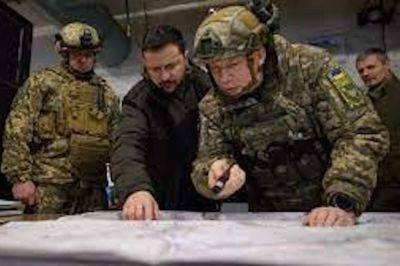Kiev needs new strategy, not just a military reshuffle
The recent replacement of Valeriy Zaluzhnyi as commander-in-chief of Ukraine’s armed forces may have put a temporary end to the increasingly public disagreements between the very popular “iron general” and the Ukrainian president, Volodymyr Zelensky.
But it has not answered the fundamental question of what a winning – or even surviving – strategy in the war with Russia could look like as it moves into its third year.
Several dynamics have come together that are deeper and more complex than just a major reshuffle of the military leadership. The bigger picture that will shape the future of the war – and with it the future of Ukraine and the European and international security order – comprises four main factors. These need to be analyzed together to understand the present, and – most importantly – the future predicaments of Ukraine and its Western partners.
First, the failure of the Ukrainian counteroffensive in 2023 and the increasing pressure that Russia has put on Ukraine’s frontlines and hinterland put into serious question the ability of Kiev to win. This is especially the case if victory for Ukraine means forcing Russia’s complete withdrawal from all territory occupied since 2014.
The impending fall of Avdiivka, a town about 20 kilometers to the west of Donetsk in the east of Ukraine, suggests that Kiev ultimately has a weaker hand to play in a battle of attrition when confronted by a ruthless adversary with greater resources.
Much like the loss of Bakhmut in May 2023, or Soledar in January 2023, this was a symbolic rather than strategic defeat for Ukraine. It also represents, at best, pyrrhic victories for Russia – as in the case of Bakhmut.
But taken together, and seen in the context of the failed 2023







